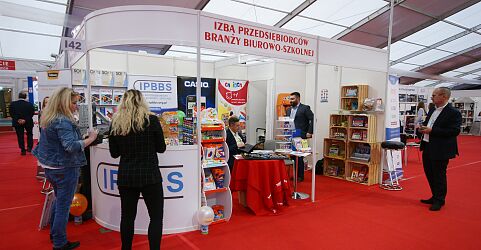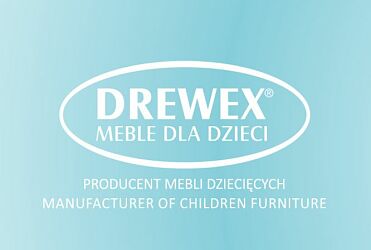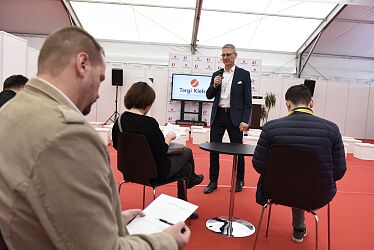News

Polish-Russian round table at KIDS' TIME EXPO
The meeting was attended by producers of children's products and representatives of research institutes. The meeting was a real knowledge mine on how to enter the market and launch products.
The product introduction process is quite a time consuming one, based on proper technical documentation and detailed tests. Marking and identification is also an important element. A manufacturer must indicate what standards the product meets, what kind of product category and complement the packaging with all necessary warnings.
The Polish Committee for Standardization lists two types of identification standards: harmonized and non-harmonized standards. The former are part of Union law and their application is voluntary. Products manufactured under the harmonized standards are assumed to conform with the relevant essential requirements of directives, regulations or other EU legislation.
Conformity assessment is the next step required for a product to be authorized in a particular EU member state. Assuming that a toy meets all the requirements of harmonized standards, detailed laboratory tests are required as the proof: - Toys which do not fully meet the harmonized standards requirements or are produced outside of the EU require a conformity assessment which must be carried out by a notified body - said Engineer Dariusz Prostański, PhD. Hab. professor of ITG KOMAG.
Certificates related to the given product admission are granted for a period of 3-5 years. This time allows for additional tests conducted each year in order to confirm that the product is not hazardous and is completely safe for children.
The meeting was the chance for manufacturers to ask questions and obtain first-hand information from research experts. Thus all the requirements that must be met to obtain a certificate were presented. Manufacturers asked about the language of documentation and whether it is possible to obtain a certificate for a given product that would be accepted by other EU countries.
(AO)

![_HSC6912.JPG [2.84 MB]](https://www.targikielce.pl/storage/image/core_files/2020/2/20/06ff96604e51d42478796e872b5b7af1/default/preview/_HSC6912.JPG)
![_HSC6903.JPG [2.77 MB]](https://www.targikielce.pl/storage/image/core_files/2020/2/20/6c593629c6f8884a65cc0e9e060dc1bf/default/preview/_HSC6903.JPG)
![_HSC6899.JPG [2.70 MB]](https://www.targikielce.pl/storage/image/core_files/2020/2/20/1c2204e85e4035c6af26dbaddbef6079/default/preview/_HSC6899.JPG)
![_HSC6895.JPG [2.91 MB]](https://www.targikielce.pl/storage/image/core_files/2020/2/20/681c691ef54dc83b2bb0f030702e3554/default/preview/_HSC6895.JPG)







